How Ranked Choice Voting Works
Ranked Choice Voting allows voters to rank candidates on the ballot in order of preference: first, second, third, and fourth. If one candidate receives a majority (more than 50%) of the first-choice votes, they win! If not, the candidate with the fewest votes is eliminated and voters that ranked that candidate 1st have their vote counted for their next choice. This process continues until one candidate receives a majority of voters’ choices.
Previously, candidates often won elections in Alaska with support from less than a majority of their constituents. In a state with a long history of viable third-party and independent candidates, it’s not always clear that winning candidates had the support of most Alaska voters.
Ranked choice voting allows voters to rank candidates in the general election in order of preference. This gives Alaskans more choices, eliminates the spoiler effect, encourages campaigns to engage voters on issues and helps ensure that winners are elected with the support of a true majority of voters.
In a majority winner system, candidates have to gain the support of more than half of the voters to win. That’s in comparison to a “plurality” system in which the candidate receiving the highest number of votes is declared the winner, even if that’s only a minority of the vote. In the case of a three-way race, a candidate can win with as little as 34% of the vote. Alaska has a history of electing candidates without the support of most voters—in U.S. Senate races, no winning candidate has received more than 50 percent of the vote in the general election since 2002.
Ranked choice voting is definitely “one person, one vote.” First of all, this is a tried and true method for military voters that are deployed overseas and might otherwise not have the opportunity to vote in every election. It is also used statewide in Maine, and in more than a dozen U.S. cities, and by other democracies around the world to make sure they are electing leaders that have the support of a majority of voters.
You don’t get to vote twice, your second choice (or third choice) only matters if your first choice fails to get enough votes to continue in the race. If you selected the winner as your first choice, your vote is only ever counted once.
The ability to rank candidates is good for voters, it is good for leaders, it is good for political parties and candidates that want to serve their community. We know this sounds like we’re listing everybody in the election process, and it’s true.
Ranking candidates gives voters more choice, letting us support our favorite candidate without worrying about voting against someone else.
Ranked choice voting is good for leaders because it changes campaigning from a negative focus on how they’re not “the other guy” and instead means that candidates can talk about the issues voters care about.
It’s good for parties because it helps them understand what voters actually care about. When you can list your first and second choice, that sends a message to the party to get on board with the issues that your first and second choice campaigned on. Without ranked choice voting, they would never know your secondary priorities.
Finally, ranked choice voting lowers the barriers to entry for candidates because the voters have the power, not party elites. This means candidates that better reflect their communities have a real chance at winning, so more run, and then the leadership can look less like the folks chasing special interests and not getting any work done, and instead look more like real Alaskans ready to find solutions
Ranked choice voting gives voters more opportunity to express their true preferences without fear of accidentally helping elect candidates they don’t support.
Ranked choice voting also encourages positive campaigning since candidates have to go beyond their base and build broader coalitions to win a majority of the electorate. Ranked choice voting also allows for more voices in our elections because candidates no longer have to worry about the “spoiler effect”—when two ideologically similar candidates split the vote.
Ranking items by preference is something we do all the time. Any voter who has completed a ballot with more than one candidate has had to weigh their choices. And voters in jurisdictions that have adopted ranked choice voting consistently report higher levels of comfort with, and understanding of, the system.
- FairVote, Socioeconomic and Demographic Perspectives on Ranked Choice Voting in the Bay Area, presenting results from a November 2014 Rutgers-Eagleton Institute of Politics poll, pgs. 5-6.
- In Maine, more than 74 percent of respondents in an exit poll after the 2018 general election found ranking their choices to be very or somewhat easy.
In a 2014 study, 84 percent of surveyed voters in four California cities using ranked choice voting said they understood the system somewhat or very well. Voters in those cities also reported a sense that political campaigns were more civil and used less negative advertising and messaging.
Ranked choice voting has been adopted in 55 American cities and counting. Alaska is the second state, after Maine, to enact the system for statewide offices.
Five southern states use ranked choice voting for military and overseas voters.
The Republican Party in Utah and Virginia has used ranked choice voting for nominating contests for over 20 years. Ranked choice voting is also used by every voter in Australia, Ireland, New Zealand, Northern Ireland and Scotland.

